SCIENCE
News in English
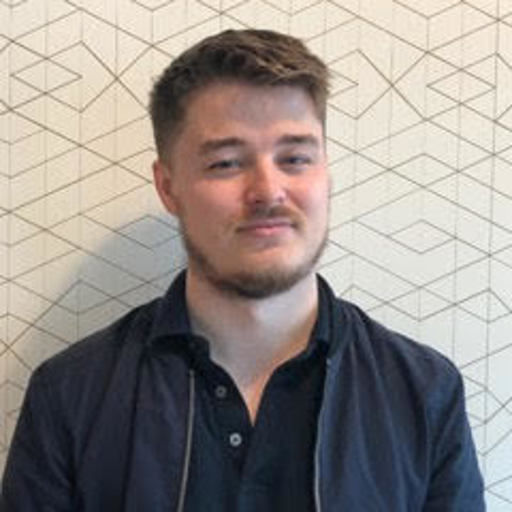
Scientists have created a giant quantum tornado inside a helium superfluid. The whirlpool moves without friction, making it mimic the way rotating black holes warp space-time. By studying the vortex, physicists could glean important insight into the behavior of the cosmic monsters.
#SCIENCE #English #CZ
Read more at Livescience.com
#SCIENCE #English #CZ
Read more at Livescience.com

This article has been reviewed according to Science X's editorial process and policies. A new Observational System Simulation Experiment (OSSE) will help researchers design science missions dedicated to monitoring terrestrial freshwater storage. This abundance of available sensors creates its own unique challenge: how can researchers organize these diverse instruments in the most efficient way for field campaigns and science missions?
#SCIENCE #English #CZ
Read more at Phys.org
#SCIENCE #English #CZ
Read more at Phys.org
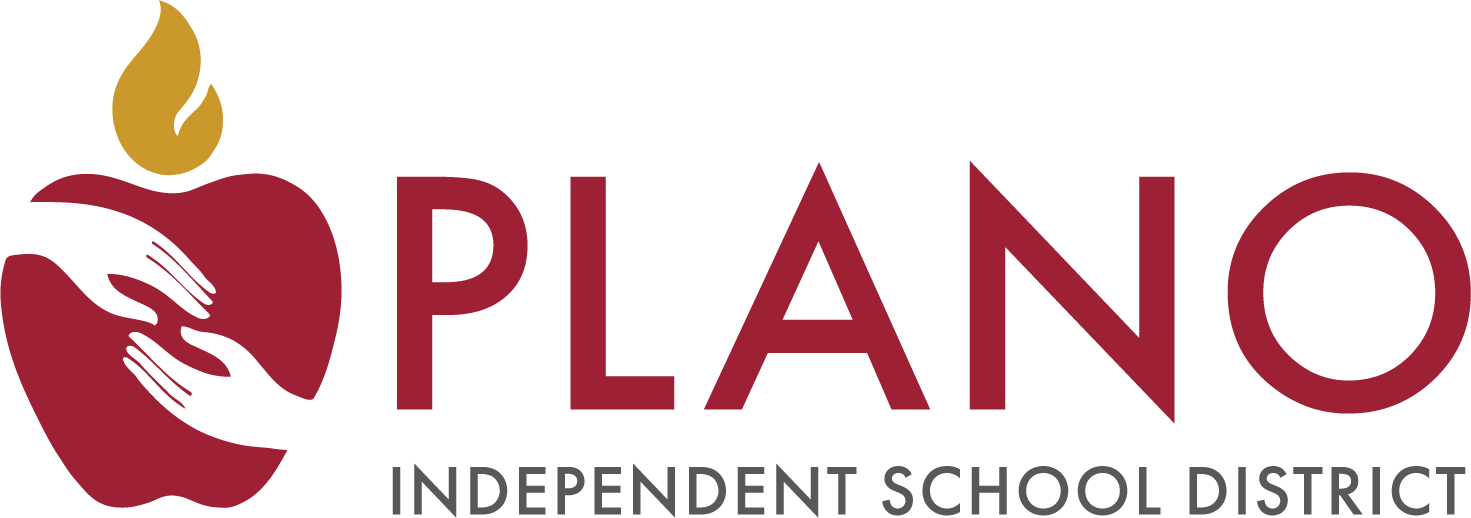
The Texas Science and Engineering Fair (TXSEF) is an annual state science competition for students in grades six through twelve. Students must have placed at their district and regional fairs to advance to the competition. Thirteen Plano ISD Senior Division students earned 23 awards and distinctions at the competition, including Best in the State of Texas award in Life Science - Senior Division.
#SCIENCE #English #CZ
Read more at Plano ISD
#SCIENCE #English #CZ
Read more at Plano ISD

Ohio State, Columbus State Community College and Columbus City Schools are part of a JP Morgan Chase Foundation five-year, six-city global career readiness initiative, New Skills for Youth. The Columbus New Skills Ready Network also includes information technology, and plans are underway to expand the network to other in-demand career fields.
#SCIENCE #English #CZ
Read more at The Ohio State University News
#SCIENCE #English #CZ
Read more at The Ohio State University News
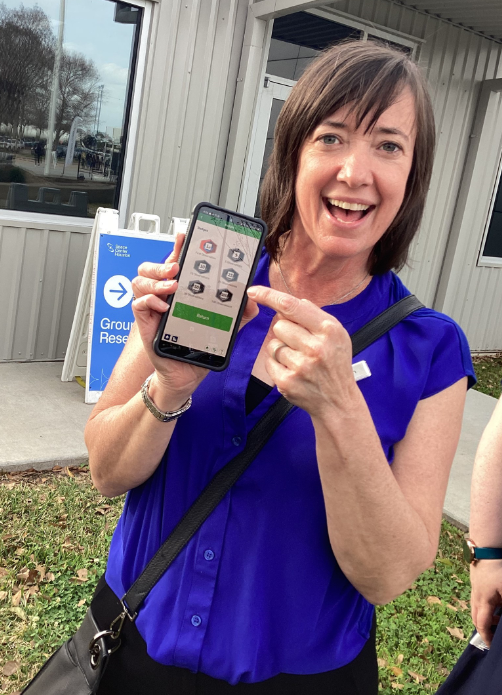
This year’s symposium featured student research on invasive green crabs, smelt population estimates using eDNA technology, climate impacts on bees and blueberries, ocean plastics, and more. Presentations by five early career scientists from GMRI and MWOBS provided an opportunity for youth to talk with near-peer role models. The program featured a scientific talk by Brandon Rodriguez from NASA’s Jet Propulsion Laboratory that inspired youth to think about the breadth of possibilities for working in planetary science.
#SCIENCE #English #CZ
Read more at Science@NASA
#SCIENCE #English #CZ
Read more at Science@NASA

On Tuesday, March 19, 2024, students in grades 6-12 from across Chester County gathered at the Technical College High School for the Dr. Lucy Balian Rorke-Adams Science Fair. Each category winner received a ribbon based on their project category and ranking. The CCIU also distributed special awards to 16 student winners, totaling nearly $800 in value.
#SCIENCE #English #US
Read more at Daily Local News
#SCIENCE #English #US
Read more at Daily Local News

The Michigan Science Teachers Association (MSTA) has named MSU Extension educator Meaghan Gass as its 2024 Informal Science Educator of the Year. Gass serves in the Saginaw Bay region focusing on Great Lakes literacy, community resilience, and place-based and natural resources education.
#SCIENCE #English #US
Read more at Michigan State University
#SCIENCE #English #US
Read more at Michigan State University
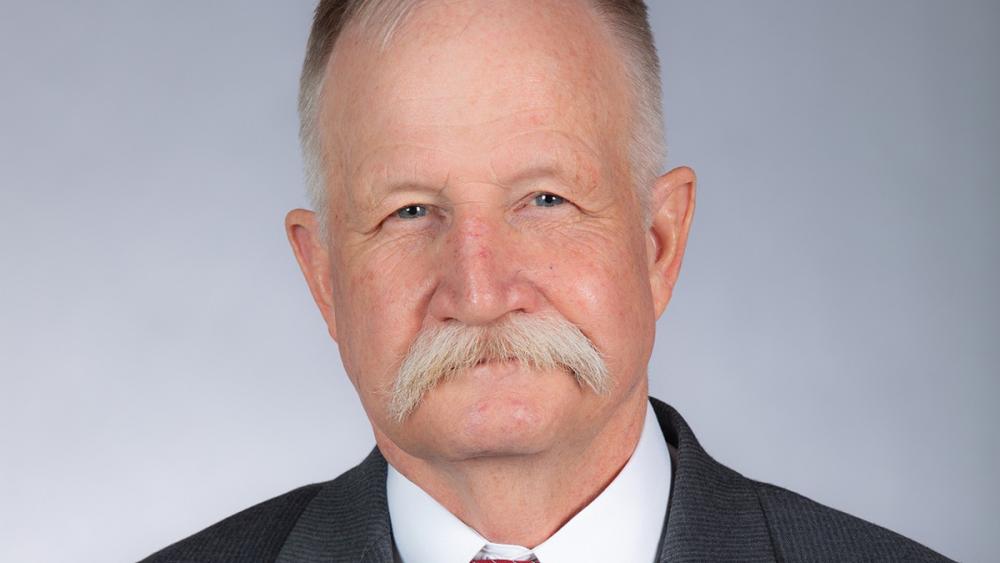
Department of Animal Science in Penn State’s College of Agricultural Sciences has named Daniel Loy, of Ames, Iowa, its 2024 Animal Science Distinguished Alumnus. Loy retired earlier this year as a professor of animal science and extension livestock specialist. He also served as the director of the university’s Iowa Beef Center beginning in 2010.
#SCIENCE #English #TZ
Read more at Penn State University
#SCIENCE #English #TZ
Read more at Penn State University
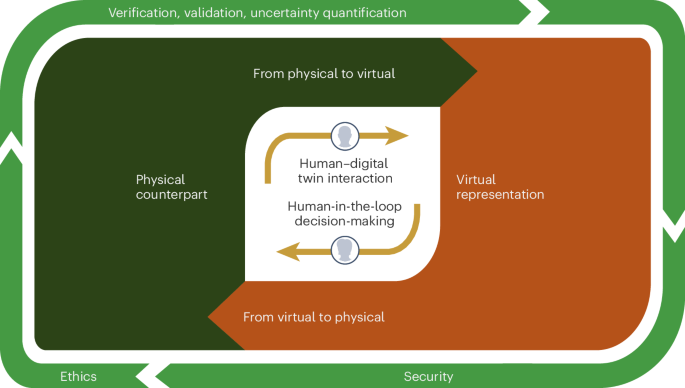
Virtual representation A fundamental challenge for digital twins is the vast range of spatial and temporal scales that the virtual representation may need to address. In many applications, the scale at which computations are feasible falls short in resolving key phenomena and does not achieve the fidelity needed to support decisions. Investments in both computing resources and mathematical/algorithmic advances are necessary elements for closing the gap between what can be simulated and what is needed to achieve trustworthy digital twin. Particular areas of importance include multiscale modeling, hybrid modeling
#SCIENCE #English #TZ
Read more at Nature.com
#SCIENCE #English #TZ
Read more at Nature.com
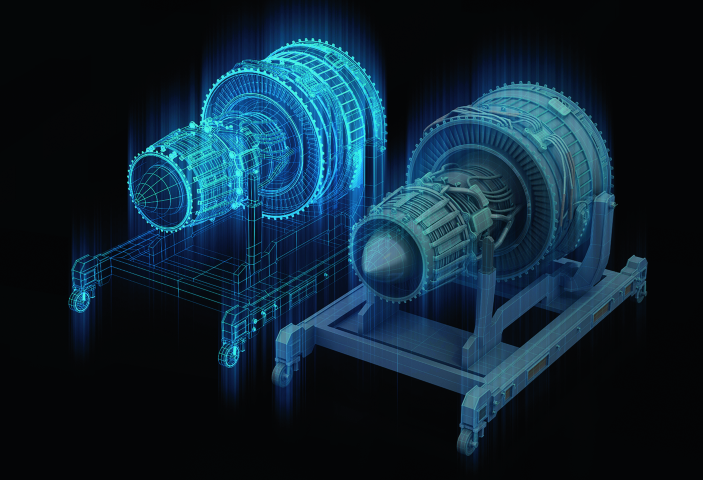
NASA used high-fidelity simulators controlled by a network of digital computers to train astronauts and mission controllers. These simulators were particularly important for testing scenarios of failure and refining instructions that determined success in critical mission situations. The Apollo 13 simulators represented a set of virtual assets that were supposed to mimic the structure and behavior of their corresponding physical asset, and most importantly, that received feedback of data from the physical asset.
#SCIENCE #English #ZA
Read more at Nature.com
#SCIENCE #English #ZA
Read more at Nature.com